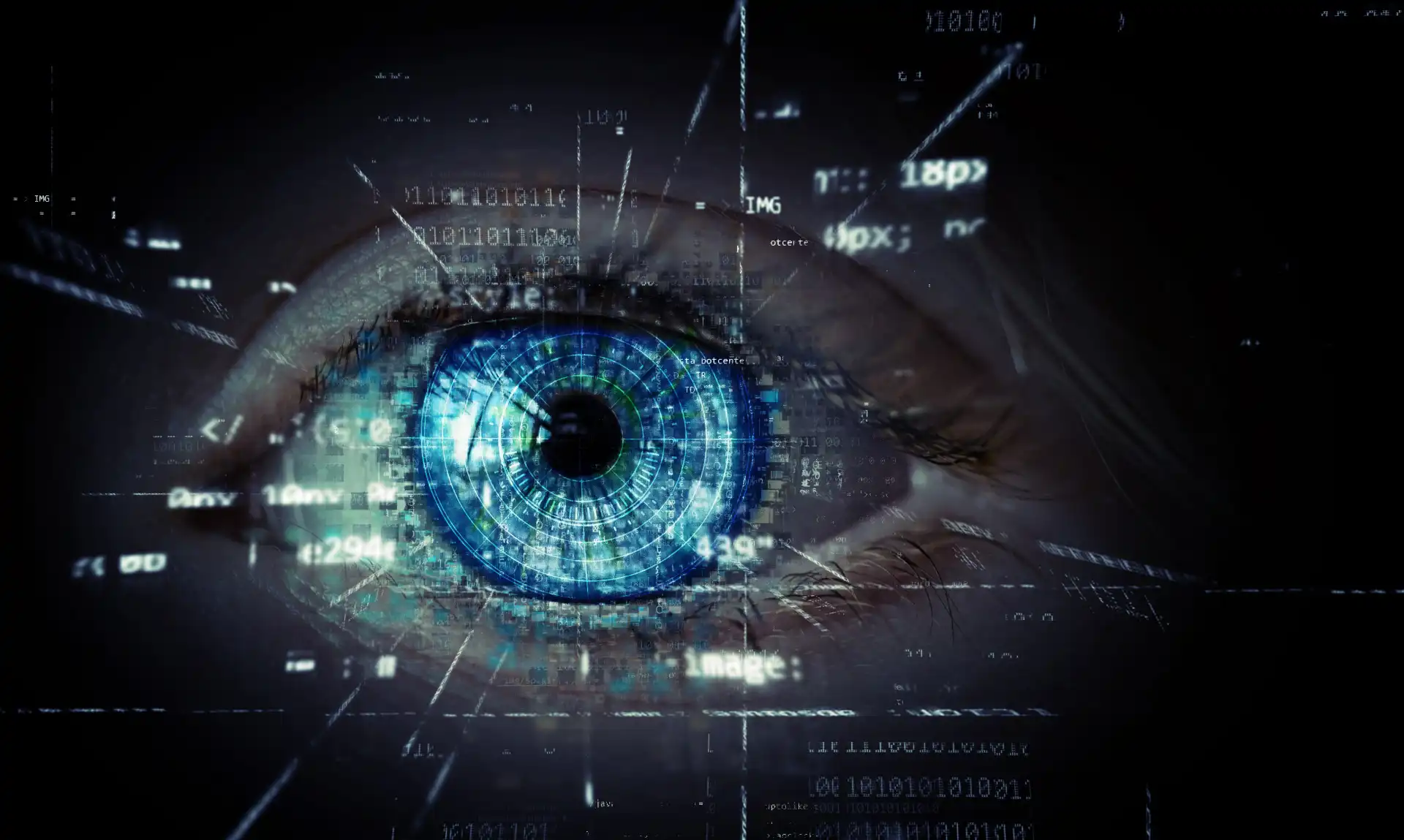AI Misuse Gains Traction
Recently, a misuse of artificial intelligence created a ripple in the tech world. In what was dubbed as a digital dare, the infamous forum, 4chan, staged a setup that resulted in a series of explicit images featuring popular pop-star Taylor Swift.
An AI tool was manipulated, leading to a production of countless doctored photos. The nefarious action ignited a surge of explicit images using deepfake technology, causing unethical misrepresentation of the singer.

The incident brought the issue of AI accountability and its misuse to the forefront once again, stimulating thoughts on safeguarding the technology amidst proliferating advancements.
This article is an exploration of this incident in further detail, tracing its aftermath and implications on the cyberspace.
The 4chan Incident and Its Aftermath
The notorious incident was sparked by a daily challenge on 4chan. A challenge that saw users aiming to generate illicit imagery using the AI algorithm, DALL-E. Interestingly, this algorithm is from OpenAI and designed to create images from text descriptions.
However, the technology fell into wrong hands, leading to misappropriation. The forum employed DALL-E with malicious intent, resulting in a significant influx of explicit images featuring Taylor Swift.
The aftermath of this incident was widespread, affecting numerous platforms and audiences, and concomitantly triggering concerns about the safety and misuse of AI tech.
It particularly raised questions about the responsibility of AI creators and their duty to regulate and safeguard their products from being exploited for harmful purposes.
Deepfake Technology and Its Implications
Deepfake, the tech employed in this incident, is a form of synthetic media that uses artificial intelligence to create, manipulate, or fabricate visual content with a high potential for deception.
Originating from the blend of the words 'deep learning' and 'fake', deepfakes have attracted a considerable amount of attention - and concern - due to the realistic and convincing outputs they generate.
The 4chan incident shines a spotlight on the potential dangers associated with deepfakes, demonstrating how easily the technology can be misused.
While deepfakes can serve substantial purposes, such as in movie production, they also pose a significant threat when exploited unethically.
Questioning Responsibility and Setting Boundaries
The misuse of any technology raises questions about responsibility, especially when that technology is as influential and potentially harmful as artificial intelligence.
The 4chan incident was a stern reminder of the array of possibilities that open up when AI falls into the wrong hands. It was a wakeup call to the scope of misuse, assault, and harm that could be orchestrated using these technologies.
This incident brings to fore the inherent need of setting boundaries and curbing the possibility of misuse in the domain of AI tech.
It prompts the tech space to revisit regulations and rights, questioning the necessity for stricter safeguard mechanisms and accountability checks.
Artificial Intelligence: The Need for Responsible Innovation
Artificial intelligence's immense potential involves risks due to its vulnerable elements. The 4chan incident served as a glaring example of what happens when control over AI is ceded without proper boundaries.
The call for responsible innovation intensifies, emphasizing that the open nature of AI tech needs to be paired with accountability and control measures to prevent misuse.
AI creators, therefore, shoulder a significant responsibility to strike the right balance between innovation and regulation.
They must ensure their products are not just groundbreaking, but also protected from falling into the wrong hands, preventing unethical misuse that might tarnish the technological marvel that is AI.
Conclusion: AI and Accountability
The 4chan incident ignited a fresh discourse around the misuse of AI and the harbor it can provide for ethical lapses. It underscores the urgency to implement safeguarding measures and to continuously monitor this evolving tech for potential misuse.
Given the rapid advancements of AI, the necessity for those in the field to develop protective measures that can keep pace has become increasingly important. Artificial intelligence needs to be accompanied by artificial responsibility.
The journey of AI is undeniably exciting, full of promises, and innovations. However, the road must be treaded with adequate precautions to prevent alarming situations such as the one experienced on the notorious 4chan platform.
Only then, can we hope to harness the true potential of AI while keeping it from becoming a tool of exploitation and violation in the wrong hands.